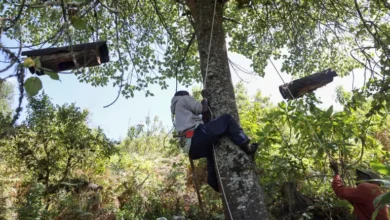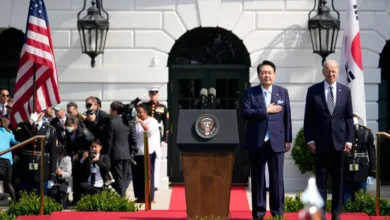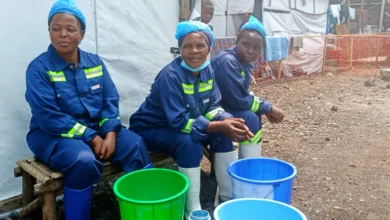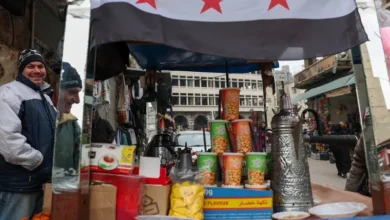Vietnam’s ‘ballroom’ culture: A safe space to celebrate transgender people
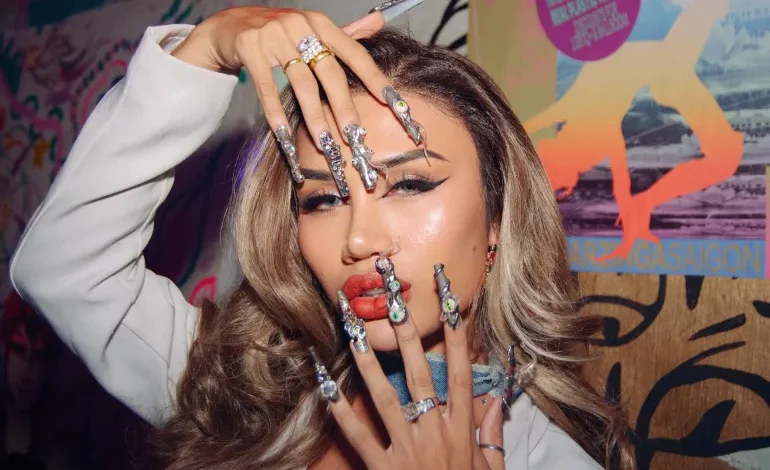
In a small, stuffy nightclub with walls scrawled with graffiti and flaking plaster, a queer function took place unlike anything seen before in the city that residents still call by its former name, Saigon.
Defining exactly what the event was presented a challenge for the uninitiated. It was a flamboyant party night for the LGBTQ community; a catwalk for would-be models with fiery dance-off battles, as well as an emotional celebration of kinship between Vietnam’s queer people – all rolled into a single evening and one event.Participants had donned latex outfits with sequins and glitter that dazzled the audience as live rapping and a soundtrack of bombastic dance rhythms set hearts pounding and kept adrenaline high.
Emcees and live DJs crafted and curated the night’s events in the heart of District 1 in Vietnam’s commercial capital, Ho Chi Minh City.
Welcome to the emerging world of “ballroom”, a queer subculture that has caught on in Vietnam and is providing a haven for gay and trans youth – as well as much fun – in Vietnam’s second city.Not to be confused with ballroom dancing, which evolved from the heterosexual courtship tradition of European aristocrats, ballroom culture emerged in the 1960s among marginalised Black and Latino queer people in the United States.
Gathering at a “ball” function, queer people “walk” to show off their talents in dancing, lip-syncing, performing and catwalk modelling as a way to both compete on the night and, more broadly, transcend the everyday realities of gender identities, occupational roles and social status assigned in society.
Once an underground niche in the US, ballroom culture has found its way to Europe and Asia in the past two decades through voguing – a signature dance form of the ballroom scene and which blends the elegant poses of Vogue magazine models with the dramatic storytelling flair from African American dance culture.“I first saw voguing after randomly scrolling on YouTube,” said *Riki Sun, one of the pioneering voguers in Saigon.
Recalling being captivated after seeing vogue performance videos by Daesja Mizrahi and Sinia Alaia – and other iconic trans women of ballroom culture – back in 2015, Riki Sun told Al Jazeera that once he heard the music and saw the movies, he knew voguing was “mine”.
Voguing has attained relative mainstream popularity over the past three decades, particularly since Madonna’s 1990 hit song Vogue and later featuring in the 2018 US TV show Pose, and more recently Beyonce’s Renaissance World Tour.Viral videos of voguing battles have also been helped by the digital power of YouTube and TikTok algorithms, giving people around the world access to the dance form.
Just like the New York originators that built up the foundations of voguing on the streets of Harlem, Riki Sun told how he started practising the dance moves amid the bustle of Nguyen Hue Walking Street in Saigon’s central District 1.
Soon, other Saigon gay and trans folk joined in, finding the unapologetically feminine expression of voguing to be just what they needed in the machismo culture pervading the city’s street dance scene at the time, Riki Sun said.
Donning eyeliner, black lipstick and high heels, Riki Sun and four others formed the Five Fairies and started hijacking street dance battles, challenging Saigon’s macho break dancers and hip-hop heads, even winning some prizes at times.
But, the fairies soon realised that the street dance scene was not the right fit for voguing.
“In battles with hip-hop dancers, they see vogue and say it’s the same move repeated over and over,” said Naomi Sun*, a trans woman and one of the original Five Fairies voguing dance troupe.
“They don’t know what we are doing. Such battles bored us,” Naomi Sun recalled of the early years of voguing in Saigon.
“We wanted our own spaces, our own playground – why not?”




